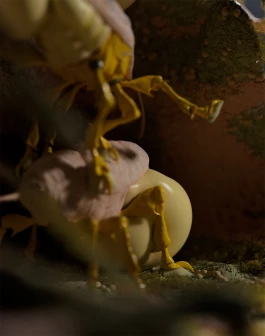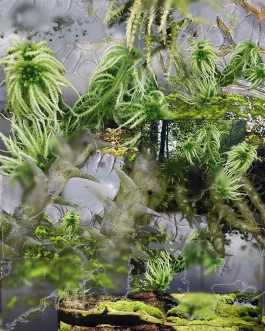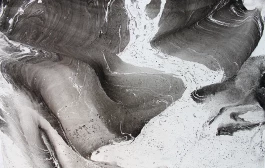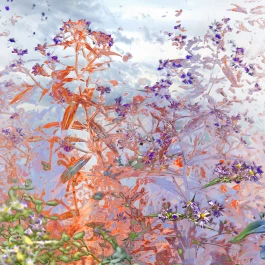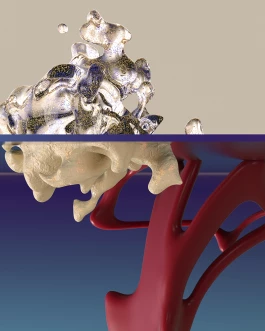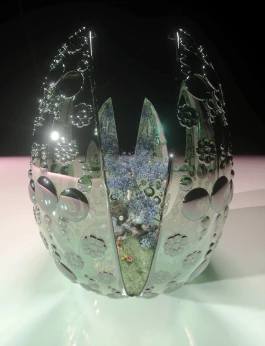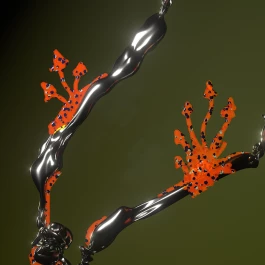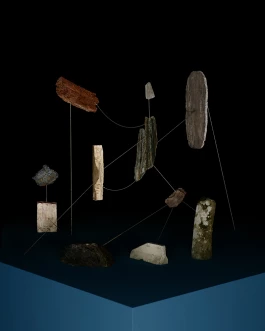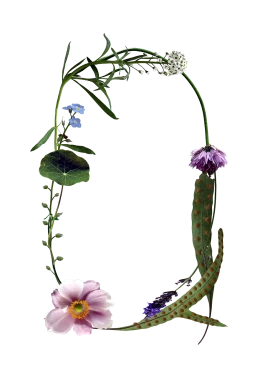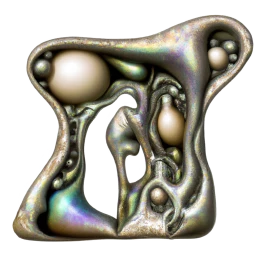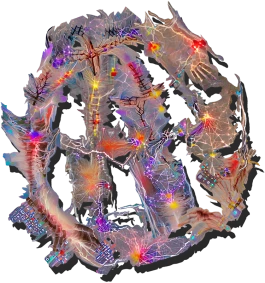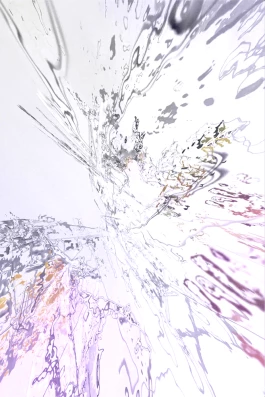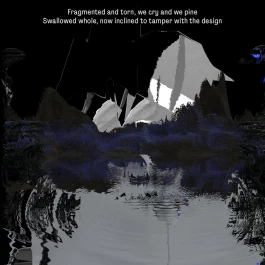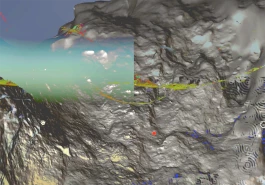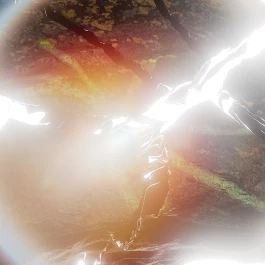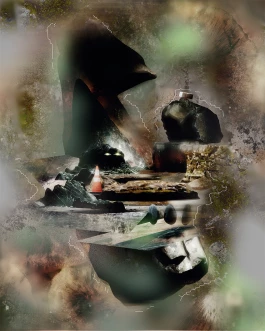
We understand the sequential and sandwiched layers of geological time; in the belly of the earth the most ancient, with the most recent at surface level. Save for tectonic activity that can perhaps reconfigure these layers, it’s a linear understanding that is also generally applied to our thoughts of time itself. In the north east of Ireland, geological time is reconfigured—and it’s possible to walk through it.
What first appears as bleak, battered rocks allow us to transcend time. More specifically, it’s a gentle, coastal stroll through 150 million years. From the Upper Triassic to Lower Jurassic, it’s a reordering of top-down chapters of geological time: where the strata are splayed and laid side by side, edges planed by marine erosion. Seeing history laid flat, it’s a horizontal, open book.
Using this coastline as a point of departure, we can take a similarly kaleidoscopic and collaged view of time that is tied to the land—interweaving the memories, stories, and histories of one place. As this density resonates, we can come to find entry points and portals through which we can form new insights and meaningful connections, both with each other and with the earth.
"Any site, no matter how small or seemingly insignificant, can expand to encompass much more than you might first imagine. Modest sites can suddenly open out like the folds of an infinity-scale map, with each acre containing multitudes, including a vast wealth of lore, history, culture and insights waiting to be explored… akin to how astrophysicists describe space: a realm that stretches on indefinitely, and is endlessly expanding, until eventually it encounters a wormhole that returns it right back to where it started."
– Manchán Magan, Listen to the Land Speak
